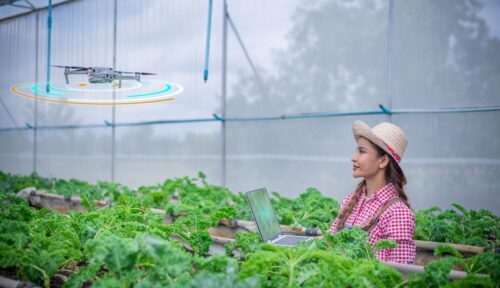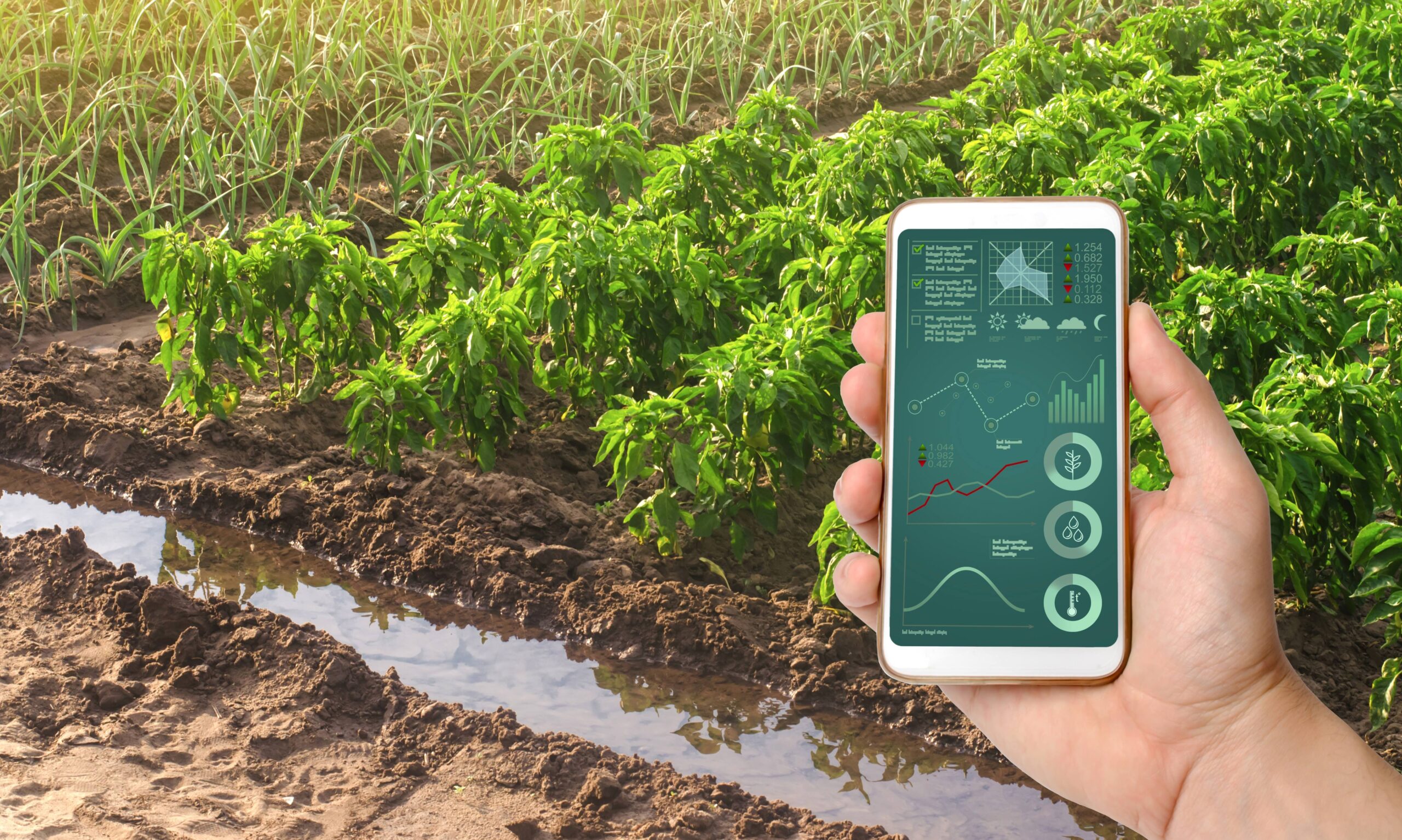
With an increasing number of people on the planet every year, the resources for agriculture are not endless. To feed the growing population and preserve the planet, farmers need the help of technology. Today, smart agriculture is emerging as a solution. It’s about real solutions that help you grow more food, waste fewer resources, and protect the environment.
The main driving force behind this progress is IoT (Internet of Things) technology. It connects sensors, gauges, drones, and robots into a single network. This system makes it possible to monitor climate, soil conditions, water levels, and even the health of plants or animals in real-time. Imagine: a farmer can see from his phone where moisture is lacking or pests are threatening and take action immediately.
What Goes into a Smart Farming System?
For smart farming to really work effectively, you need a few key components:
- Sensors and sensors that monitor soil moisture, fertilizer levels, and even air temperature.
- Unmanned aerial vehicles (drones) that analyze crop conditions, conduct spraying and help map fields.
- Robots that do the work of planting, harvesting, or weed control.
- 5G networks that provide instant data transfer and stable connectivity between all devices.
- Intelligent decision support systems that analyze the collected data and suggest optimal steps to the agrarian.
With the advent of 5G, the possibilities of IoT in agriculture are only expanding. High-speed data transmission allows for almost instantaneous collection of information from all corners of the farm, processing it, and sending ready-made recommendations to farmers.
By the way, do not think that such technologies are available only to large agricultural holdings. Already today, in developing countries such as Africa or India, local farmers rent drones to monitor crop health and apply fertilizer only where it is really necessary. This approach helps reduce costs and minimize environmental damage.

Robots are already in the business, too. Modern robots move around the fields on their own andvariousariety of tasks, from spot irrigation to harvesting. Moreover, robots help to reduce the consumption of pesticides and fertilizers, which makes agriculture safer for the environment.
Big data analytics is also important. Intelligent systems based on artificial intelligence collect information, compare it with weather data and soil characteristics, accurately predict yields, and even recommend the ideal time for planting and harvesting.
Interestingly, such smart systems are now being actively developed in countries where food security issues are particularly acute. For example, Egypt has developed a smart farming system that helps monitor soil and climate conditions and make decisions at the level of entire regions.
Let’s wrap up. Smart agriculture is a real way to make the agribusiness sector more efficient today. Yes, the path is not without obstacles, from the cost of equipment to the lack of expertise, especially in developing countries. But technology is developing rapidly, which means that a new agrarian revolution awaits us, where every hectare will bring maximum benefit at minimum cost.
